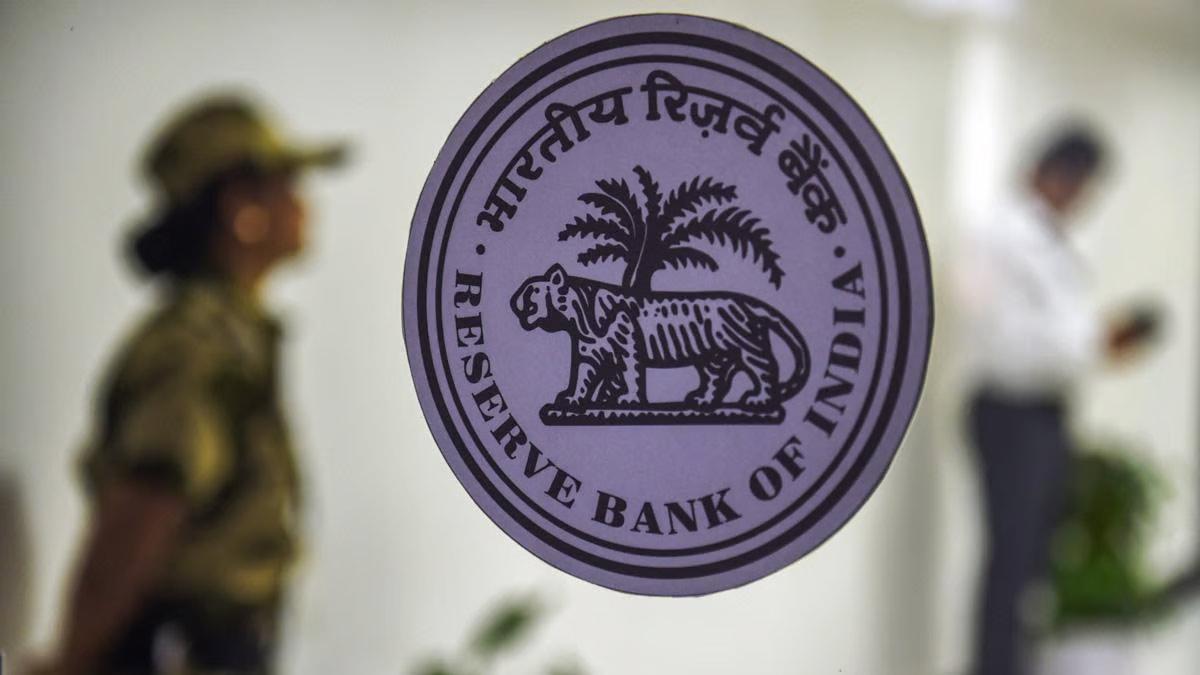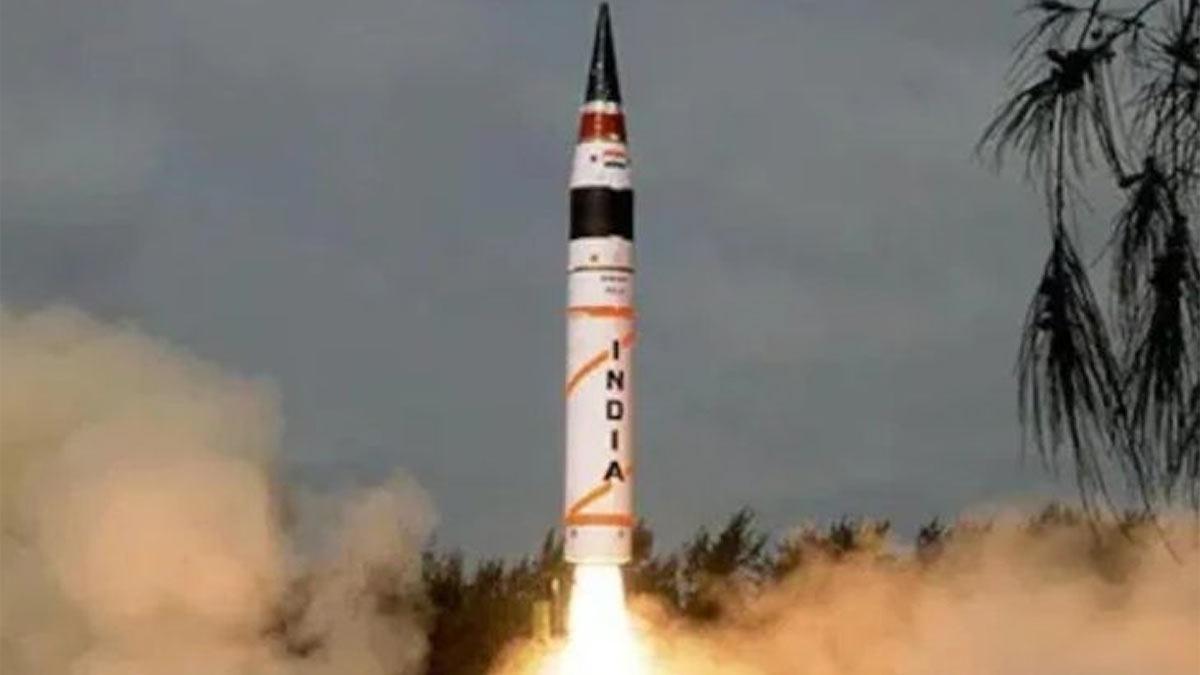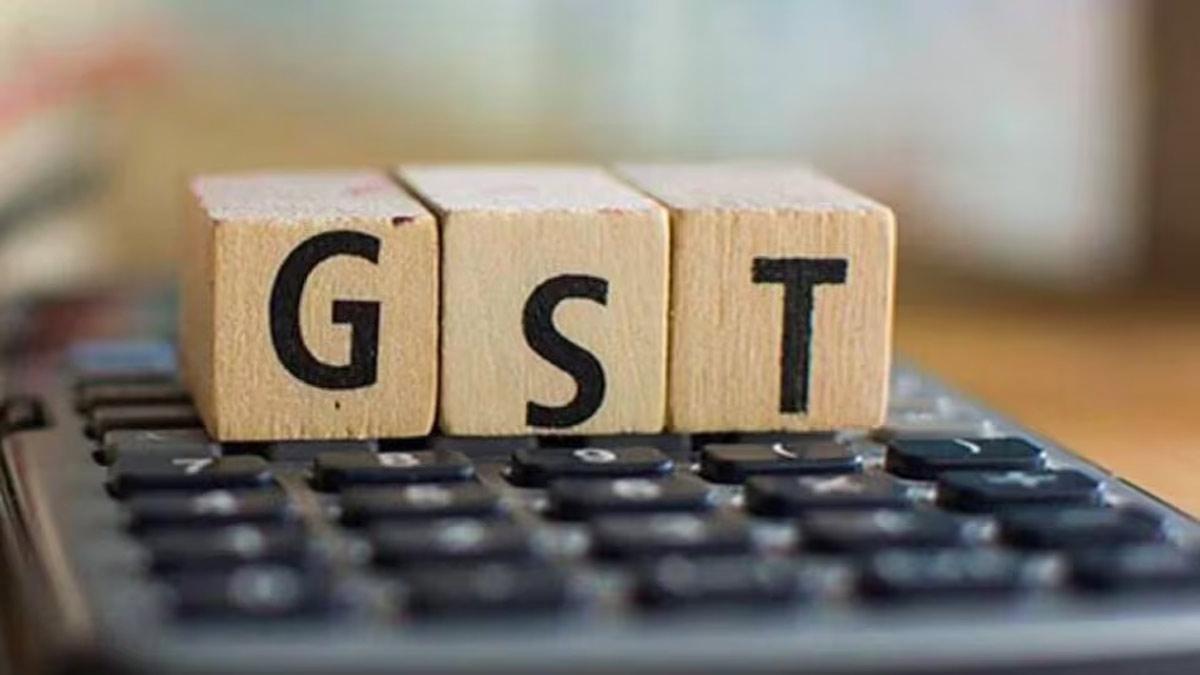Commerce and Industry Minister Piyush Goyal has asserted that there is no declining trend in foreign direct investment (FDI) in India, though sometimes it fluctuates based on global economic conditions.
He explained that such variations were mainly caused by fluctuations in international interest rate cycles rather than domestic reasons.
“There is no declining trend. Periodically there may be some changes, and that happens more due to changes in interest rate cycles in other countries, so if the bond yields in some countries become exorbitantly high, money tends to flow into those countries. We have once again seen money flowing back into India,” Goyal told reporters during an official visit.
India did see a significant rebound in foreign direct investments in 2024–25, achieving a peak of USD 81 billion as the highest level of this type of investment in the last three years. The previous peak was before that at USD 84.83 billion during 2021–22.
Goyal noted that India’s investment environment continues to attract global interest. “With USD 81 billion, India is back into the FDI growth trajectory,” he said, reaffirming the government’s commitment to fostering an investor-friendly ecosystem. “We are a listening government. We are open to suggestions and we are always ready to adopt newer measures.”
Over the past eleven financial years (2014–2025), India has drawn cumulative FDI inflows of USD 748.78 billion—representing a 143% surge compared to the USD 308.38 billion received during the previous eleven-year period (2003–2014).
The country’s rising appeal as an investment destination is further underscored by the increase in the number of contributing nations—from 89 in 2013–14 to 112 in 2024–25.
While quarterly FDI figures for January–March 2024–25 showed a 24.5% year-on-year decline at USD 9.34 billion, the full-year numbers tell a different story. Total FDI, which includes equity investments, reinvested earnings, and other capital, rose 14% to USD 81.04 billion compared to USD 71.3 billion in 2023–24. Equity inflows alone grew 13% to USD 50 billion.
Singapore led the pack as the largest investor in 2024–25, channeling USD 14.94 billion into India. It was followed by the United States (USD 5.45 billion), the Netherlands (USD 4.62 billion), Mauritius (USD 3.73 billion, down from USD 8.34 billion), the UAE (USD 3.12 billion), Japan (USD 2.47 billion), Cyprus (USD 1.2 billion), the United Kingdom (USD 795 million), Germany (USD 469 million), and the Cayman Islands (USD 371 million).
The sectoral side is also witnessing considerable growth on account of FDI in services, trading, telecommunication, automobiles, construction development, renewable energy, and chemicals, which reflects investor confidence on a broad-based aspect of the Indian economy.
Currently, Goyal is in Switzerland for bilateral interactions with the Swiss Government and business leaders there, who are to strengthen trade ties and investment collaboration between the two nations.
Read also| RBI's 50 BPS Repo Rate Cut: Home Loan EMIs and Tenure Set to Decrease
Read also| India's defence exports surged by 1,100 pc in last 10 years, Says Nirmala Sitharaman


















